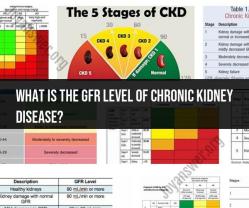What is the target ferritin level for HD?
Iron management is a crucial aspect of the care for hemodialysis (HD) patients, as these individuals often experience anemia due to chronic kidney disease (CKD) and the dialysis process itself. Ferritin is a protein that stores iron in the body, and monitoring its levels is an important part of assessing iron status in HD patients. However, the target ferritin level can vary based on individual patient factors and clinical guidelines.
In general, the target ferritin level for HD patients is typically higher than that for the general population due to the increased iron needs and losses associated with hemodialysis. Maintaining an appropriate ferritin level is important for preventing or treating anemia and ensuring optimal overall health. However, it's important to note that ferritin levels should be interpreted in conjunction with other markers of iron status, such as transferrin saturation (TSAT) and hemoglobin levels.
The specific target ferritin level can vary depending on factors such as the patient's age, overall health, presence of comorbidities, and the specific guidelines followed by the healthcare provider or dialysis center. Some guidelines may suggest a ferritin level of around 200 to 500 ng/mL as a target range for HD patients, while others may recommend slightly higher or lower levels.
It's worth noting that high ferritin levels (above the recommended range) can also indicate iron overload, which can be harmful. Therefore, iron management in HD patients should be carefully individualized based on regular monitoring of ferritin levels and other relevant markers.
Ultimately, the determination of the target ferritin level for HD patients should be made by a healthcare provider, ideally a nephrologist or a medical professional familiar with managing the specific needs of dialysis patients. They will consider the patient's unique medical history, laboratory results, and overall health status to develop a personalized iron management plan that balances the needs for treating anemia and avoiding iron overload.













